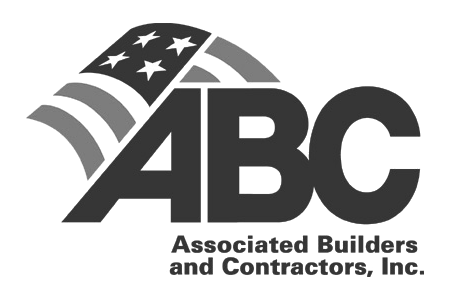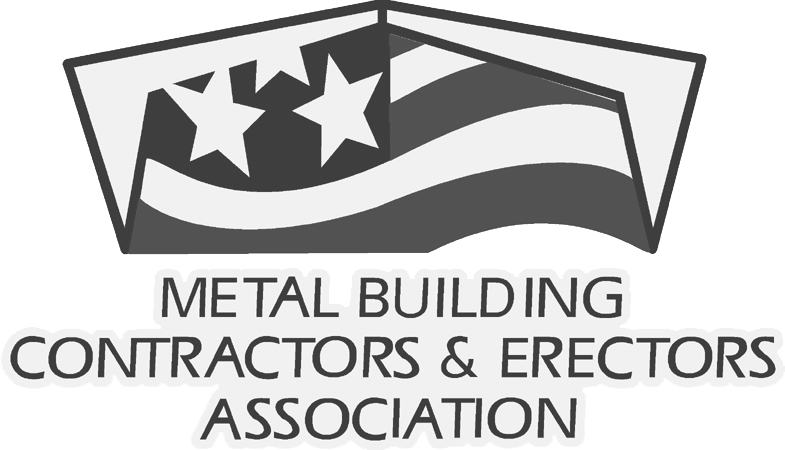It’s no secret that steel prices are rising. Tariffs levied on imported steel, the ongoing economic impact of NAFTA negotiations, and increased demand all contribute to the current price climb. Even worse, it doesn’t seem like the situation will slow down anytime soon. While this is all great news for US steel producers, the consequences are affecting those further down the supply chain – the construction industry included.
What’s Causing Steel Prices to Surge?
In 2017, a significant portion of steel produced worldwide came from China. In fact, China produced so much steel that it dragged the cost of the metal down. Both the United States and the European Union have imposed tariffs on imported steel. In the US, that tariff is at 25% in hopes of shifting away the focus on imports – which amounted to $29 billion in steel imports throughout 2017.
In response, China has decreased their steel production capacity, lowering the global supply of the metal. However, the demand for steel hasn’t decreased accordingly, and other countries that previously only accounted for 27% of the steel manufacturing now must attempt to meet that demand. This has led to a situation where the demand will likely far outpace the supply, leading to further increased prices.
The steel production industry benefits from this heightened cost. However, for nearly every other industry, this is cause for concern. An increase in the cost of procuring steel sometimes causes companies to increase the price of their products to make up the difference. Everything from cars to cans of soup may go up in price.
Naturally, this increase in cost influences the building industry as well. Steel is a core component in construction, providing stable framework for projects, as well as equipment. Domestic suppliers will likely be able to keep up with demand, but there may be delays. In addition, the rising cost of steel will also affect bidding for projects and the cost of completion.
Why Now Is the Time to Build
While the increasing cost of steel may seem off-putting to any project that involves large amounts of the metal (as well as a large investment), now is looking like the optimal time to build. It may seem logical to wait until steel prices decrease again, however, the chance of that happening any time soon seems unlikely.
In fact, the cost of steel seems to be on a continual rise. Until the market reaches equilibrium, the supply and demand of steel will remain imbalanced, continuing to increase the price. As such, large construction projects that involve steel will cost less now than they will as time goes on.
As the economy continues to grow, the cost of borrowing money will also increase, due to inflationary pressures. This means that businesses looking to build are facing the double impact of rising interest rates and rising building costs. As long as businesses are continuing to build, the steel industry will continue to raise their prices, not only from simple supply and demand, but to continue to make up for the last eight years of lost opportunity.
We are currently in the early phases of the US and EU tariffs, and haven’t see their final effects. If the situation continues as it has been, then steel prices will only keep rising – as will the expense of any building project. Before that happens, getting a head start on a construction project now will likely save expenses in the long run.
In time, we’ll see the full result of the steel tariffs not only on the building industry, but on the rest of the economy. From where we stand now, however, the growing steel prices will likely have further-reaching effects than we expect.








